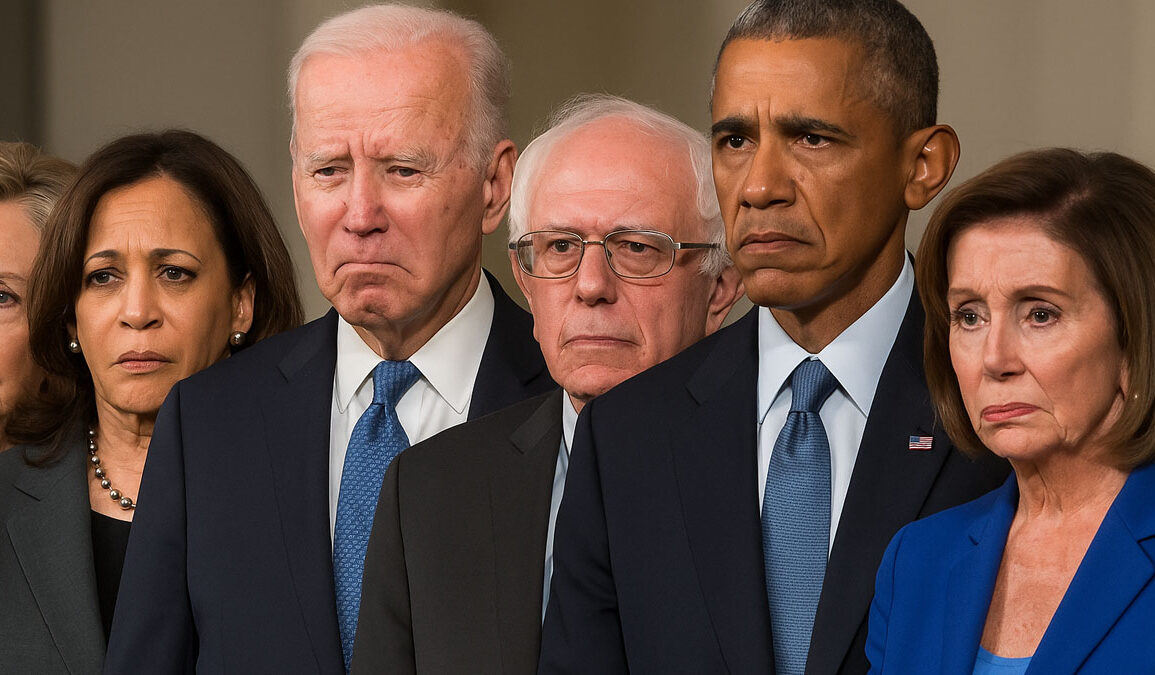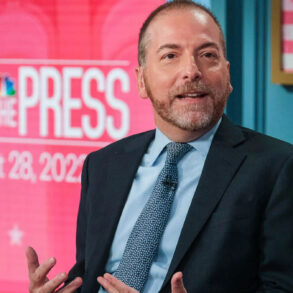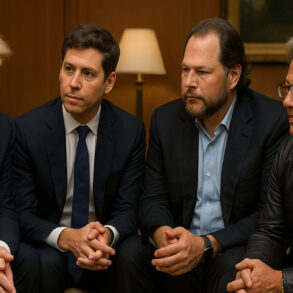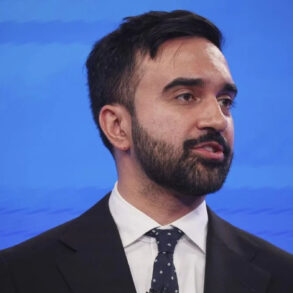The Democratic Party has hit rock bottom with voters, according to a new Wall Street Journal poll that shows only 33% of Americans view the party favorably. A staggering 63% hold an unfavorable view – the worst numbers Democrats have received since the Journal began tracking the question in 1990.
The survey, conducted between July 16–20 with 1,500 registered voters, highlights a dramatic erosion of support that has alarmed Democratic strategists and energized Republican operatives. Even though President Trump’s approval rating remains underwater at 46%, the GOP is still trusted more by voters on nearly every major issue.
Poll Results Signal Major Warning
According to the poll, voters now prefer Republicans over Democrats to handle key issues including:
- Inflation: GOP trusted more by 10 points
- Immigration: GOP leads by 17 points
- Illegal immigration: GOP up by 24 points
- Tariffs: Despite 17-point disapproval of Trump’s tariffs, GOP still leads by 7
- Foreign policy and Ukraine: Republicans are also trusted more
- Economy overall: Republicans consistently outperform Democrats
The only two issues where Democrats come out ahead are healthcare and vaccine policy. Even on the question of who is looking out for the middle class, the parties are tied at 37%.
These results are a far cry from where the party stood during Trump’s first term. At this point in 2017, Democrats led Republicans in party identification by six points. That edge helped them sweep 40 House seats in the 2018 midterms. Today, Republicans actually lead in party ID by one point—a rare shift in modern American politics.
Analysts and Operatives Weigh In
A number of political figures and commentators have tried to diagnose the Democrats’ collapse in support. Here’s what they’re saying:
John Anzalone – Democratic pollster
“The Democratic brand is so bad that they don’t have the credibility to be a critic of Trump or the Republican Party. Until they reconnect with real voters and working people on who they’re for and what their economic message is, they’re going to have problems.”
Tony Fabrizio – Republican pollster for Trump
Worked alongside Anzalone to conduct the Journal poll. Fabrizio has pointed to the Democrats’ lack of clarity and inability to resonate with working-class Americans as key problems.
Tré Easton – Democratic operative
“As much as I fully believe that Democrats are not doomed for all eternity, I also believe that many Democrats aren’t quite grappling with the serious credibility problems the party still faces. The podcasts and everything are real cute, but we’ve got work to do.”
Bill McInturff – Republican pollster not involved in the survey
“We were already watching the tide moving out for the Republican Party by this point in 2017, and that’s not where we are today. Trump and the Republicans are far more competitive now.”
Other Polls Confirm the Trend
The Quinnipiac University Poll, released earlier this month, showed similar signs of Democratic decline. Only 19% of voters approved of congressional Democrats, with 72% disapproving. Even among registered Democrats, only 39% approved of their party’s performance in Congress.
This marks the lowest level of support since Quinnipiac began tracking the question in 2009.
The Broader Landscape
Despite the grim numbers, the same WSJ poll found that if elections were held today, 46% of voters would vote Democrat and 43% Republican—a slim edge. But that 3-point lead is half of what it was at the same point in 2017.
Democrats face a narrow path to regaining the House, where Republicans currently hold a slim 219–212 majority with four seats vacant. The Senate will be tougher, and party insiders say there is no clear unifying message yet.
Financially, Republicans also have the upper hand. The Republican National Committee holds $80 million in cash on hand, compared to just $15 million for the Democrats’ national campaign arm.
Conclusion: The Message Isn’t Landing
The takeaway is clear: voters have lost confidence in the Democratic Party. Even with dissatisfaction toward Trump’s leadership and policies, Republicans have managed to maintain a more favorable image and secure public trust on issue after issue.
Democrats now face the challenge of rebuilding their message, reconnecting with middle- and working-class voters, and offering a clear alternative to a Republican party they can no longer outpace by default. If they fail to do so, the 2026 midterms may deliver yet another blow.








